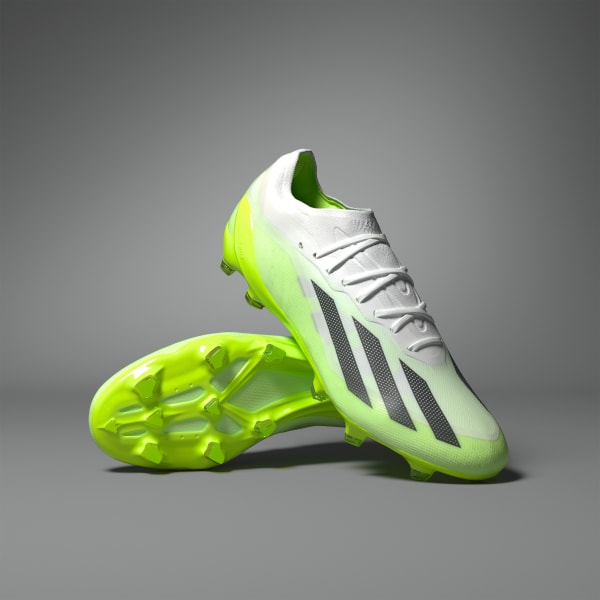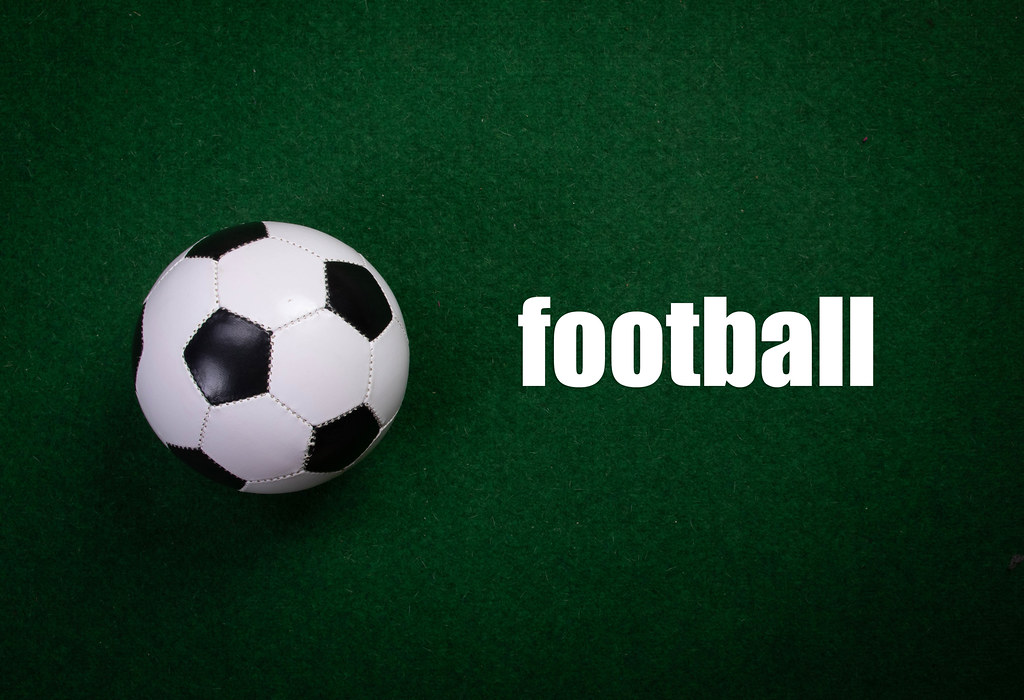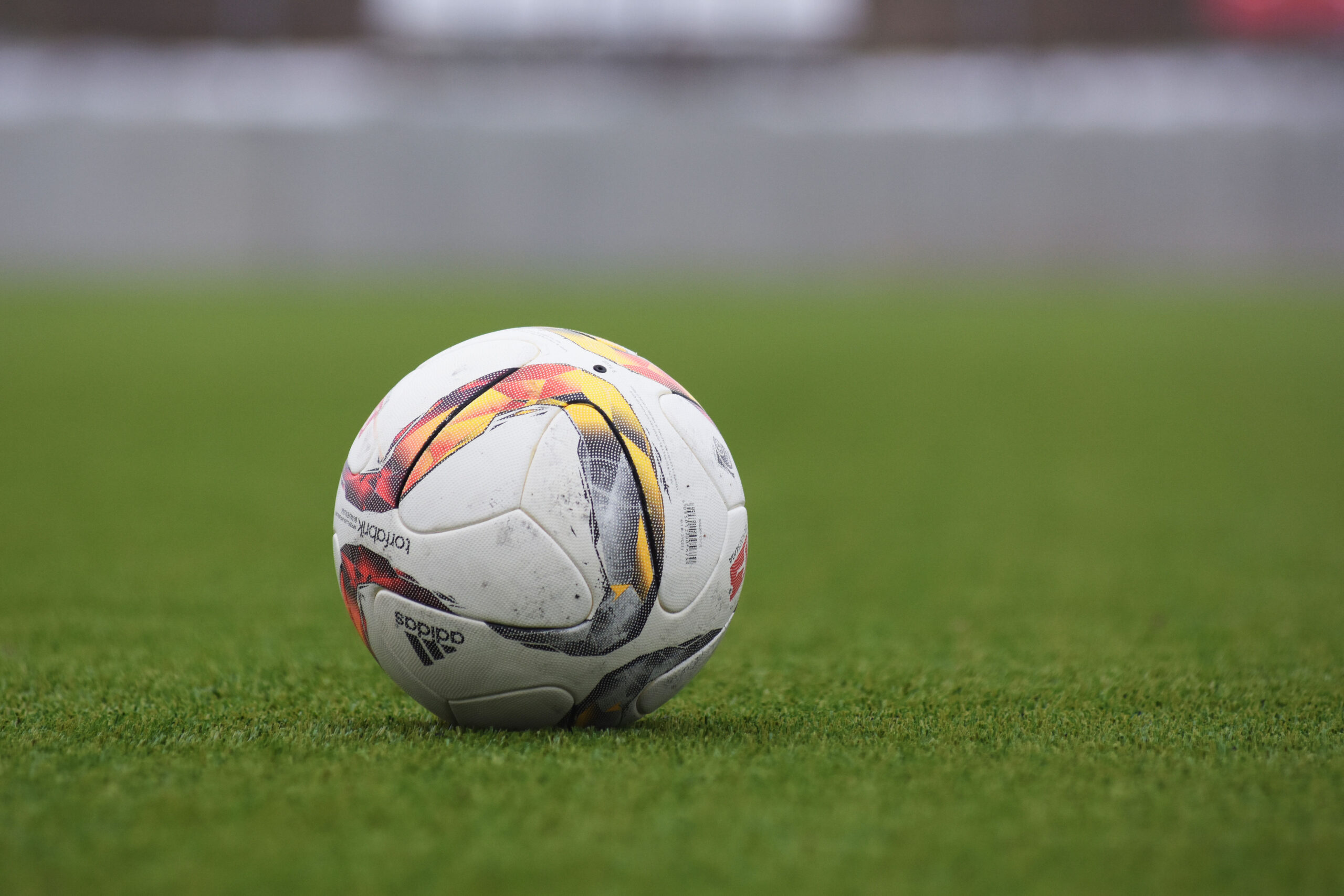What Are Firm Ground Soccer Cleats: Everything You Need to Know!

Firm Ground Soccer Cleats are specialized shoes designed for use on natural grass fields, featuring non-removable and usually bladed or conical studs for enhanced traction and stability. They should not be used on turf surfaces to prevent injuries caused by the longer studs and hard sole plate.
These cleats are popular among players who engage in outdoor play on well-maintained, short-cut grass fields that provide a firmer surface. Firm Ground cleats offer speed, traction, and stability for optimal performance during soccer gameplay.
Firm Ground Cleats: An Overview
Firm ground cleats are soccer shoes designed specifically for use on natural grass fields. They are equipped with non-removable studs that can either be bladed or conical in shape. These cleats provide optimal traction, stability, and speed on firm ground surfaces. They are not suitable for use on turf, as the harder TPU soleplate and longer studs can cause injury.
Features that distinguish firm ground cleats from other types of soccer cleats:
Firm ground cleats have studs that are more pronounced and designed for better penetration into the ground. They are built for outdoor play on natural grass fields. The studs may be conical or bladed, depending on the brand and model. These cleats are designed to maximize traction and stability, allowing players to make quick cuts and changes of direction without slipping. The materials used in firm ground cleats are also typically more durable to withstand the demands of outdoor play.
Overall, firm ground cleats are essential for soccer players who primarily play on natural grass fields and require optimal performance and traction. These cleats provide the necessary features to help players perform at their best on this type of playing surface.
Key Characteristics Of Firm Ground Cleats
Firm ground cleats are specifically designed for playing soccer on natural grass fields. These cleats feature non-removable studs, either bladed or conical in shape, that provide excellent traction and stability. It is important to note that firm ground cleats should not be used on turf surfaces to avoid potential foot injuries.
| Key Characteristics of Firm Ground Cleats |
| Construction and materials used in firm ground cleats |
| Firm ground cleats are designed specifically for use on natural grass fields. They feature a hard TPU soleplate and non-removable studs, which are usually either bladed or conical in shape. The construction of firm ground cleats allows for optimal traction and stability on firm ground surfaces. The materials used in their construction are durable and provide support and protection for the feet. It is important to note that firm ground cleats should never be used on artificial turf as the longer studs and hard soleplate can cause injuries. |
| Stud patterns and soleplates of firm ground cleats |
| Stud patterns of firm ground cleats vary, with some featuring a combination of bladed and conical studs for enhanced grip. The soleplates of firm ground cleats are designed to provide stability and traction on firm ground surfaces. The stud patterns and soleplates are engineered to prevent slipping and sliding, allowing players to maintain their balance and maneuver effectively on the field. |
| Traction and stability provided by firm ground cleats |
| The traction and stability provided by firm ground cleats are essential for players to perform at their best. The non-removable studs and durable soleplates ensure that players can make quick turns, accelerate and decelerate safely, and maintain control over the ball. Whether it’s running, jumping, or changing directions, firm ground cleats offer the necessary grip and stability to help players perform with confidence and efficiency on firm ground surfaces. |
Benefits And Limitations Of Firm Ground Cleats
Advantages of using firm ground cleats on natural grass fields:
- Firm Ground cleats are designed for use on Natural Grass only.
- Firm Ground cleats have a series of non-removable studs that are either bladed or conical in shape.
- Firm Ground cleats provide speed, traction, and stability on natural grass fields.
- The pronounced studs of Firm Ground cleats allow them to dig into the soil more easily.
Potential issues and limitations of firm ground cleats:
- Firm Ground cleats should never be used on Turf because they can cause injury to your feet.
- The hard TPU sole plate and longer studs of Firm Ground cleats are not suitable for turf surfaces.
How to choose the right firm ground cleats for your needs:
- Consider the playing surface: Make sure the cleats are designed specifically for natural grass fields.
- Choose the stud type: Decide between bladed or conical studs based on your preference and playing style.
- Consider the fit and comfort: Ensure the cleats provide a comfortable fit and support for your feet.
- Consider the brand and quality: Research and choose reputable brands known for their quality soccer cleats.
- Consider your budget: Set a budget and look for cleats that fit within your price range.

Credit: www.prodirectsport.us
Conclusion
Firm ground soccer cleats are designed for use on natural grass fields. They provide the necessary traction, stability, and speed for outdoor play. With their non-removable studs, either bladed or conical in shape, they can easily dig into the soil.
It is important to note that firm ground cleats should never be used on turf, as the hard TPU sole plate and longer studs can potentially cause injury. Overall, if you’re looking for a reliable, all-purpose soccer cleat, firm ground cleats are a great choice.


